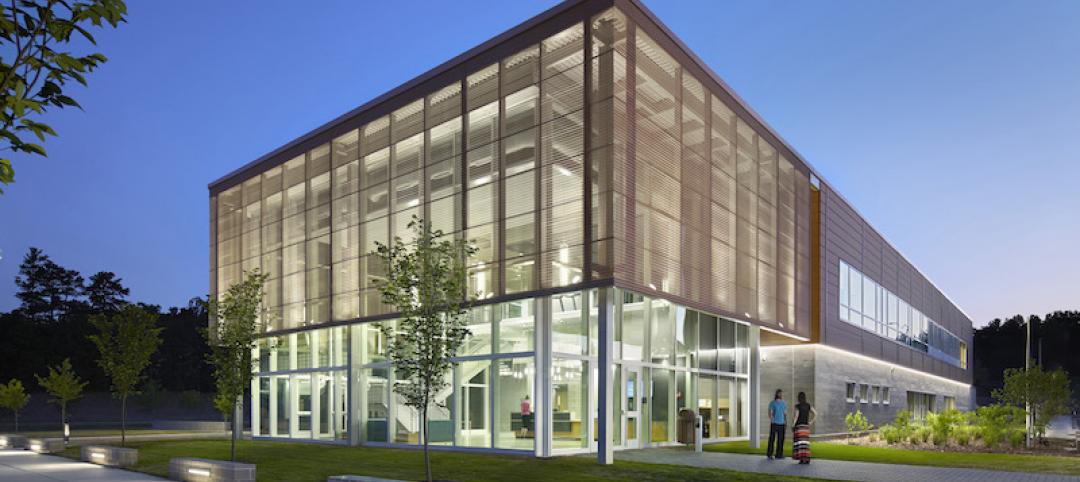As the nation gears up to celebrate Earth Day on April 22, The Princeton Review, in collaboration with the Center for Green Schools at the U.S. Green Building Council (USGBC), released the third annual edition of its unique, free guidebook saluting the nation's most environmentally responsible "green colleges." ??
"The Princeton Review's Guide to 322 Green Colleges: 2012 Edition" profiles 322 institutions of higher education in the U.S. and Canada that demonstrate notable commitments to sustainability in their academic offerings, campus infrastructure, activities and career preparation. The 232-page book––the only free, comprehensive, annually updated guide to green colleges––can be downloaded at princetonreview.com/green-guide and centerforgreenschools.org/greenguide.
College applicants using the guide will find in it:
- School profiles with application, admission, financial aid and student enrollment information
- "Green Highlights" write-ups detailing each school's most impressive environmental and sustainability initiatives
- "Green Facts" sidebars reporting statistics and facts on everything from the school's use of renewable energy sources, recycling and conservation programs to the availability of environmental studies programs, and green jobs career guidance
- A glossary of 40+ green terms and acronyms from AASHE to "zero waste"
- Lists identifying schools in the book with various green distinctions - among them: those with LEED-certified buildings and those that are signatories of the American College & University Presidents' Climate Commitment.
The guidebook also has an introductory section discussing sustainability issues and advice on living green on campus. ??BD+C
Related Stories
40 Under 40 | Sep 21, 2017
Meet the 40 Under 40 Class of 2017
These AEC stars are making their mark in business, philanthropy, and in their communities.
Office Buildings | Sep 20, 2017
Five Stantec offices move into one Fifth Avenue location
The new location provides the firm with 40,000 sf of space.
Architects | Sep 19, 2017
What we talk about when we talk about placemaking
What does Good Growth mean and how do we set about achieving it?
Architects | Sep 13, 2017
Leo A Daly hires hospitality-design veteran to lead its Dallas office
Ken Martin views this sector as an incubator of innovation.
Museums | Sep 8, 2017
CAF announces plans for 20,000-sf Chicago Architecture Center to be built on East Wacker Drive
The Adrian Smith + Gordon Gill-designed space will open in summer 2018.
Architects | Sep 6, 2017
Fake architect caught in ‘Operation Vandelay Industries’ sentenced to 2 1/3 to 7 years in prison
The fake architect must also pay a $115,000 restitution.
Architects | Sep 6, 2017
Top 110 university architecture firms
Perkins+Will, Gensler, and CannonDesign top BD+C’s ranking of the nation’s largest university sector architecture and AE firms, as reported in the 2017 Giants 300 Report.
Contractors | Sep 6, 2017
Following the money: G702 progress payment certifications
There is no single method of calculating progress payments, but the most common formula is the percentage of completion applied to the total contract price, less a retainage which is held by the owner until final acceptance of the project.
Multifamily Housing | Sep 5, 2017
Free WiFi, meeting rooms most popular business services amenities in multifamily developments
Complimentary, building-wide WiFi is more or less a given for marketing purposes in the multifamily arena.
Architects | Sep 1, 2017
5 reasons why AEC firms need to focus on employer branding
Not to be confused with the branding of your firm overall, your employer brand is defined by your reputation as a workplace.

















